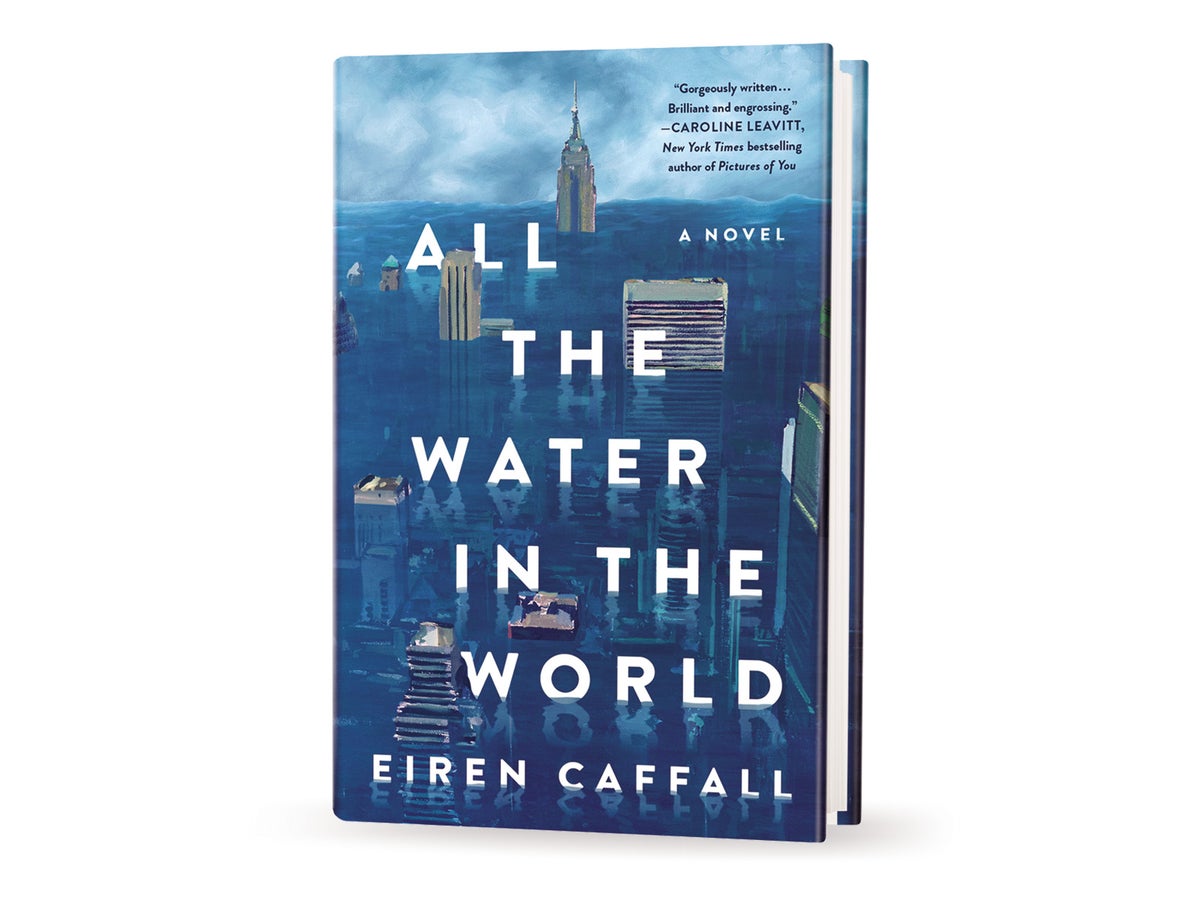Post-Apocalyptic NYC: A Novel Explores a Flooded City and the Fight to Save History
<img src="https://static.scientificamerican.com/dam/m/3473e1a2a8e02b1a/original/sa0125Rvws-landscape-caffall.jpg?m=1733519634.321&w=600" alt="Cover of the book All the Water in the World">Eiren Caffall's debut novel, All the Water in the World, paints a gripping picture of a flooded New York City. The story follows Nonie as she canoes through the submerged city, navigating the remnants of civilization and encountering various settlements along the Hudson River.
The novel centers on a powerful symbol of hope: the American Museum of Natural History. Before the flood, scientists and their families created a makeshift society on the museum's roof, meticulously preserving the museum's knowledge in a journal. This journal, a testament to human knowledge, becomes a vital artifact in the post-apocalyptic world, carried by Nonie on her journey.
Caffall masterfully portrays the museum stripped bare by desperate caretakers, creating a scene both unsettling and moving. While the story is steeped in grief and uncertainty, dealing with the harsh realities of survival, it also captures the beauty and wonder of Nonie's journey. The image of her family floating away from the museum in an Indigenous canoe is particularly poignant.







Comments
Join Our Community
Sign up to share your thoughts, engage with others, and become part of our growing community.
No comments yet
Be the first to share your thoughts and start the conversation!